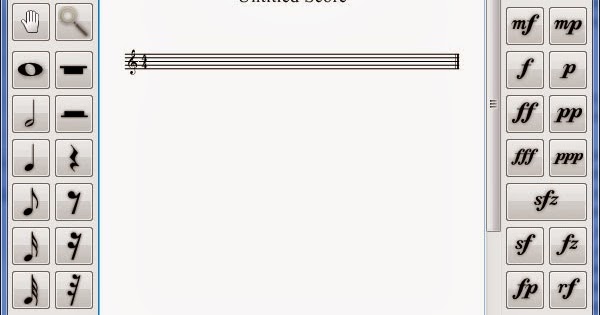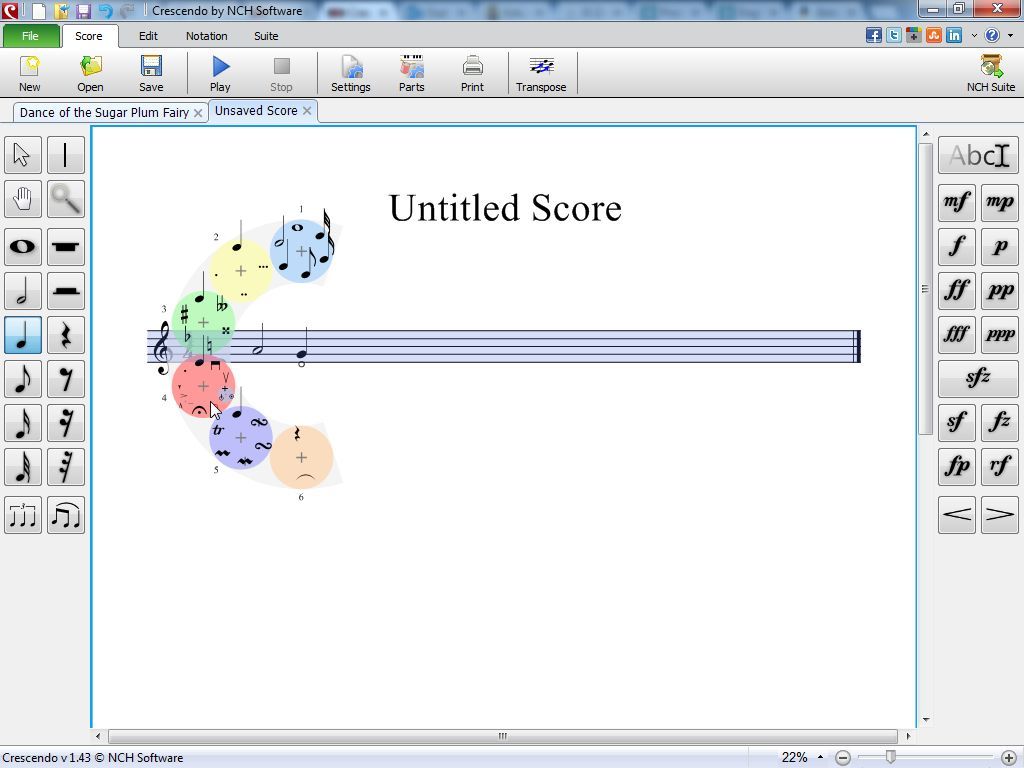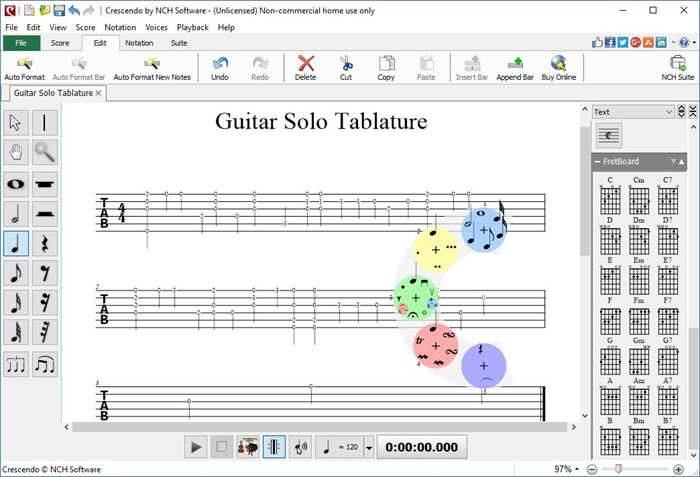
Also, open source software is just as safe as any other software in fact, the Mac OS is built on a linux/unix base which is also open source. But I think it works equally well on a PC. I use MuseScore on a Mac (both desktop and laptop) and find it convenient and intuitive. I use MuseScore for my own transcribing as well as importing and sharing scores from/with others there’s a large user base for MuseScore so it’s efficient and easy to find answers there’s also a large community of shared scores (see Free sheet music | Download PDF or print on ), all free. In fact, I believe it’s pretty easy to switch back and forth between MuseScore, Sibelius, and Finale. It took me a few days to learn, but I think the learning curve is probably similar for Sibelius. I’ll chime in as a MuseScore user, with the caveat that I’m still a novice and my needs are relatively simple. Thank you for making so many of them available on Youtube. At least for me and I am not a beginner pianist, it has not been an instant process and takes hard work and application.

So often the hook is “learn this style or fantastic chord progression in 20 minutes.” That false deception discourages someone who truly is interested in grasping the many styles and substance of jazz and music theory. I also appreciate that you truthfully remind your students that grasping jazz theory and arranging is an ongoing challenge and not learned or completed over night. I am a little concerned, however, about MuseScore because it is open source and could set me up for a can of spam and other unwanted intrusion problems. Maybe some of your subscribers have found MuseScore to be a good alternative. As I collect the music that I am working on the sheet music gets very cluttered with my written notations. The Sibelius monthly or yearly subscription is probably the way to go.


Thank you, Hayden, for taking the time to respond to my query.


 0 kommentar(er)
0 kommentar(er)
